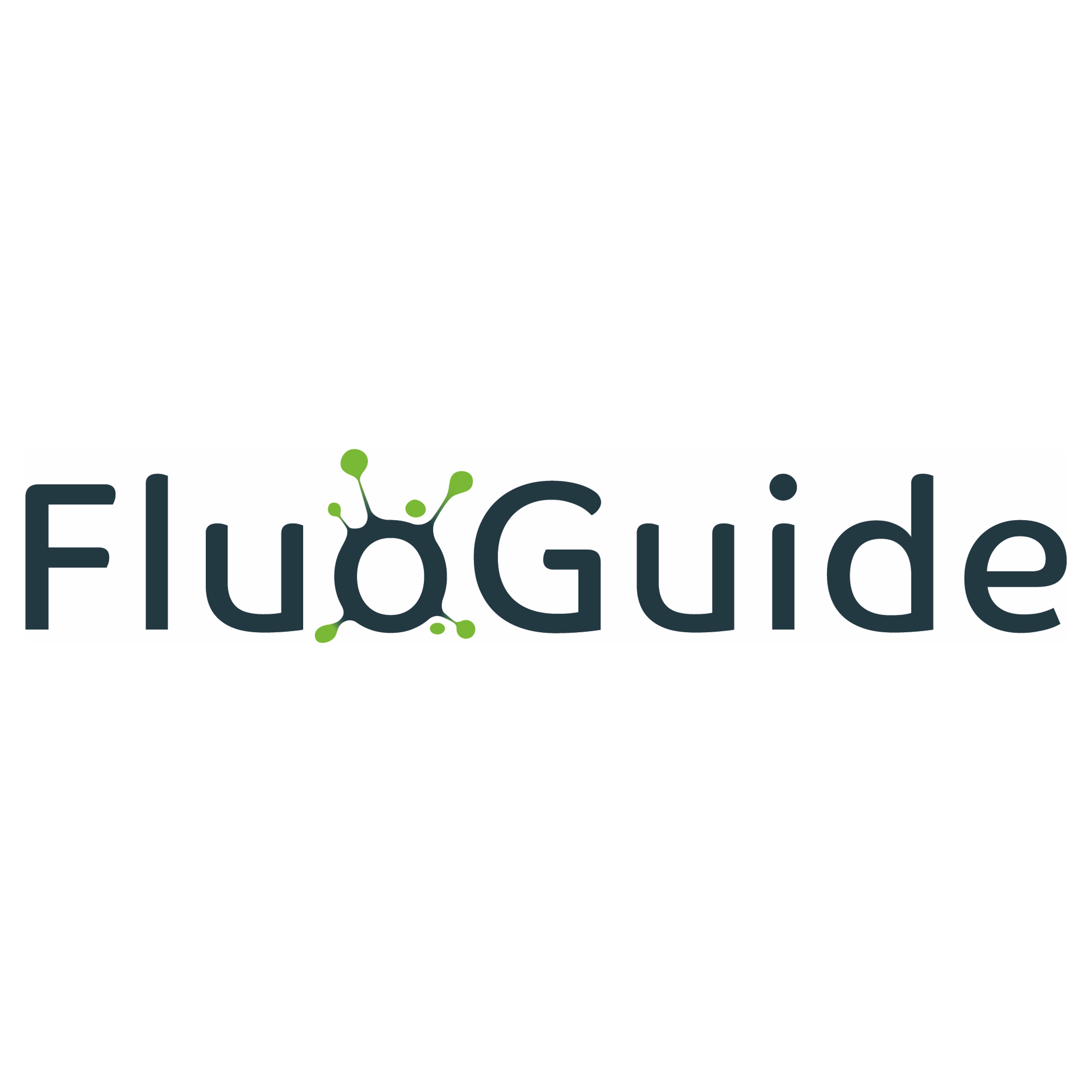Bifogade filer
Prenumeration
Beskrivning
| Land | Danmark |
|---|---|
| Lista | First North Stockholm |
| Sektor | Hälsovård |
| Industri | Medicinteknik |
Intresserad av bolagets nyckeltal?
Analysera bolaget i Börsdata!
Vem äger bolaget?
All ägardata du vill ha finns i Holdings!
Copenhagen, Denmark, 6 October 2025 – FluoGuide A/S ("FluoGuide" or the "Company"), a clinical-stage biotech company maximizing surgical outcomes in oncology by lighting up cancer, inform about the possitive interim data from the investigator-initiated clinical study of FG001 used in surgery of patients with meningioma and presumed low grade glioma (pLGG) that is presented Monday, 6 Oct 2025, 08:45 CEST on the EANS (European Association of Neurosurgical Societies) by principal investigator Dr Jane Skjøth-Rasmussen, MD, PhD.
Meningiomas are the most common primary brain tumors. Low-grade gliomas are slow-growing but infiltrative tumors that often affect younger adults (though they occur across a wide age range) and can progress over time. In both conditions, surgery is a primary treatment; however, complete removal can be difficult because tumor tissue may be next to critical brain areas and can resemble normal brain. Any residual tumor increases the risk of recurrence and the need for additional treatment.
This investigator-initiated basket study evaluates FG001 as an intraoperative fluorescence imaging agent in adults undergoing surgery for meningioma or presumed low grade glioma (pLGG). Planned enrollment is 20 patients per arm, with a prespecified interim analysis after the first 10 patients of each indication. The primary endpoint is sensitivity for detection of tumor tissue using histology as the reference standard for each indication; meningioma with its dural attachment and pLGG. The fluorescent signal is quantified by tumor to background ratio (TBR).
Results - meningioma
The interim analysis included 10 patients with meningioma. The mean age was 59 years (range 29 to 78), with 5 males and 5 females. Tumor grades were WHO grade 1 in 6 patients and WHO grade 2 in 4 patients. FG001 was administered 23.5 hours prior to surgery.
In the 10 meningioma patients analyzed, investigators observed visible fluorescence in all 10 tumors (TBR 2.48–8.30); a 100% sensitivity for detection of tumor. Dural fluorescence was observed in 9 of 10 cases on the dura; in the non-fluorescent case, the meningioma was attached to the falx and not the convexity thus the meninges were not invaded by meningioma cells confirmed by histology. A total of 75 biopsies (from tumors and surrounding tissue) were pathologically scored in a double-blinded manner by two expert neuropathologists. On a biopsy basis (n=75), sensitivity was 93% and specificity was 72%; the negative predictive value (NPV) was 94%. All postoperative MRI scans showed complete removal of the tumor.
FG001 demonstrated a high sensitivity for detection of not only tumor but also the invasion into meningeal tissue known as dural tail. The potential benefit of using FG001 in surgery for meningioma is to tailor the removal of tumor and only the part of meninges with a true invasion of meningeal cells hindering to the largest extent recurrence and keeping the adverse events of dura removal to the lowest possible level.
Results – low-grade glioma
Among 10 patients with presumed low-grade glioma (pLGG), investigators conducted a case review. The prespecified interim analysis for this cohort is ongoing and has not yet been finalized.
Visible fluorescence was observed in the resection cavity in 9 of 10 patients (90%), and fluorescence at the brain surface was noted in some cases. These findings are encouraging in a tumor type where intraoperative identification can be challenging. In this cohort, fluorescence was observed even when preoperative MRI showed no contrast enhancement, and investigators noted that blood–brain barrier disruption did not appear to be required for FG001 uptake. Quantitative tumor-to-background ratio (TBR) values in the pLGG cohort were more variable than in the meningioma cohort. Given this variability, the interim review recommended continuing enrollment to better characterize fluorescence performance.
The results will be presented at 3 international conferences:
- EANS (European Association of Neurosurgical Societies) 5-9 October 2025, Vienna, Austria
- The Tumor Section Symposium that precedes CNS (Congress of Neurological Surgeons) 10-11 October 2025, Los Angeles, USA
- EANO (European Association of Neuro-Oncology) 16-19 October2025, Prague, Czech Republic
Dr Jane Skjøth-Rasmussen, MD said: “There is a high unmet need in visualizing those tumors during surgery and the interim data from our study of FG001 to guide surgery in patients with meningioma and non-contrast enhancing low-grade glioma are encouraging.”
Morten Albrechtsen, CEO of FluoGuide said: “It is encouraging interim result of this investigator-initiated study which we are following with interest.”
For further information, please contact:
Morten Albrechtsen, CEO
FluoGuide A/S
Phone: +45 24 25 62 66,
E-mail: ma@fluoguide.com
About Meningioma and Low-Grade Glioma
Meningiomas are the most common primary tumors of the central nervous system, accounting for approximately one-third of all primary brain tumors. They arise from the meninges, the membranes that surround the brain and spinal cord. While many meningiomas are benign, their location in sensitive areas of the brain or spine can lead to significant neurological symptoms. Surgical removal is often a standard treatment, but complete resection can be challenging due to the tumor’s proximity to critical structures. Residual tumor tissue may increase the risk of recurrence and the need for additional surgeries.
Low-grade gliomas are slow-growing brain tumors that often affect younger adults. Although they progress gradually, they are invasive and can transform into more aggressive forms over time. Surgical removal is a cornerstone of treatment, but complete resection is difficult because the tumors infiltrate healthy brain tissue. Residual tumor increases the risk of recurrence and further interventions.
Fluorescence-guided surgery (FGS) is an innovative approach that enhances the surgeon’s ability to distinguish tumor tissue from healthy tissue in real time. By administering a fluorescent agent that selectively accumulates in cancer cells, the tumor can light up under a specialized surgical microscope. This can provide the surgeon with a clear visual differentiation, enabling more precise removal of the tumor while preserving healthy tissue.

